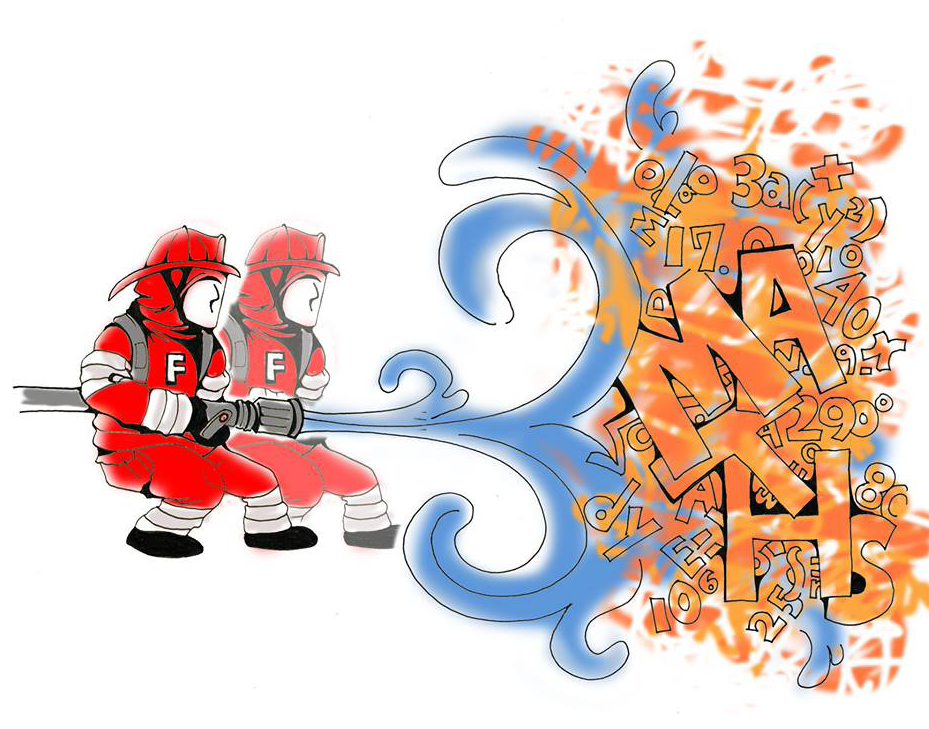
Carleton researchers have taken fire safety to a new level with CUrisk, a computer model that predicts fire behaviour in commercial buildings.
CUrisk uses about a dozen sub-models to predict things such as smoke movement, occupant response, and evacuation time in the event of fire, according to the CUrisk study.
The model also seeks to determine how likely a fire may be, what the potential safety and financial consequences are, and how risk can be reduced.
CUrisk aims to inform future renovations and construction to improve overall safety, according to the study.
Many Carleton students have been involved in creating and improving the sub-models that make up CUrisk.
Professor George Hadjisophocleous, a fire safety engineering researcher, worked with students Xiao Li and Ping Rao.
Li said this work is important, expecially because of CUrisk’s ability to increase fire safety in practical ways.
“Fire causes severe damages and casualties each year, especially in developing countries,” he said.
The project’s emphasis has been on fire risk analysis in mid-rise and high-rise wood buildings.
“Wood is a combustible material, therefore special attention is given to fire safety,” the study said.
CUrisk seeks to prove that wood is a safe and viable alternative by investigating how the risk of fire can be reduced, and comparing its risk of fire with that of different materials.
Hadjisophocleous said that, with two of Carleton’s priorities being safety and education, he hopes to collaborate with other universities and fire safety risk researchers in the future.





